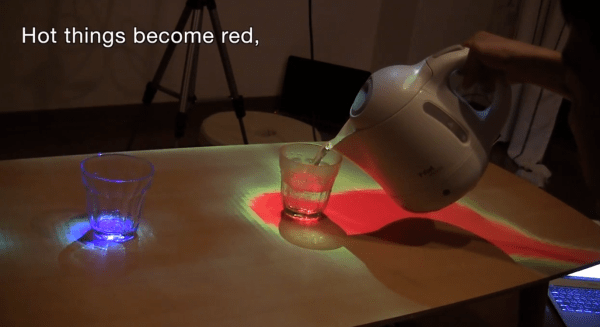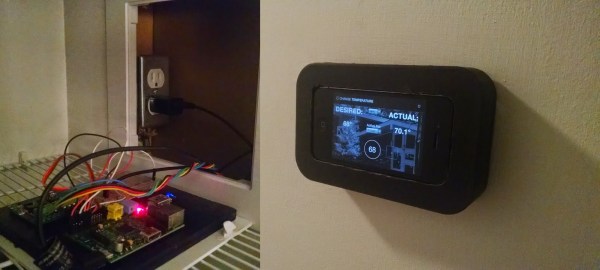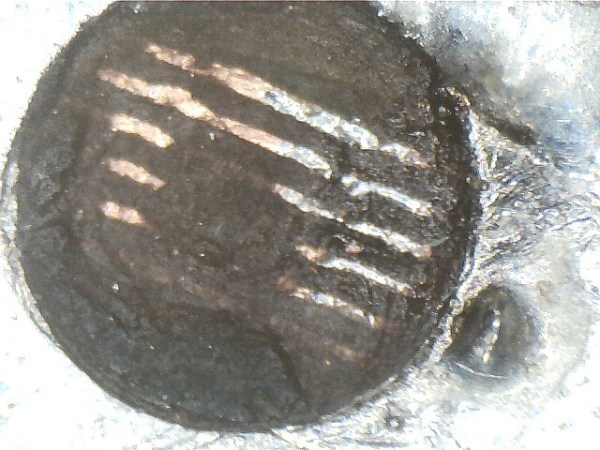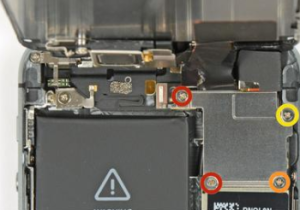What happens when you want to make a custom handbag with some handy tech features, and have access to a nice laser cutter? You end up doing what [Christian] did: design a assemble a Woman’s Handbag made of Laser-Cut Leather with iPhone charger and LED Light.
The design of the bag was made in Adobe Illustrator and sent off to a Epilog Legend 36EXT laser cutter located in the hackerspace located near [Christian] in Vienna. Once the parts were precision cut, traditional leather sewing methods were used to assemble the handbag (with a little help from a shoe cobbler).
The interior of the bag was lined with old blue jeans and a white LED, which is wired and held into place with conductive thread. Powered by a coin cell and controlled by your choice of a button, or a slide switch, the light helps locating items in the deep bag.
Slide a standard USB battery pack in one of the pockets of the old jeans and you are ready for a night out on the town. Join us after the break for a video showing the design, construction and features of this practical project.
Continue reading “Move Over Gucci; Laser Cut Handbags Are A Thing”








 The red ones are 1.7mm long, the yellow one, 1.3mm, and the orange one, 1.2mm.
The red ones are 1.7mm long, the yellow one, 1.3mm, and the orange one, 1.2mm.








